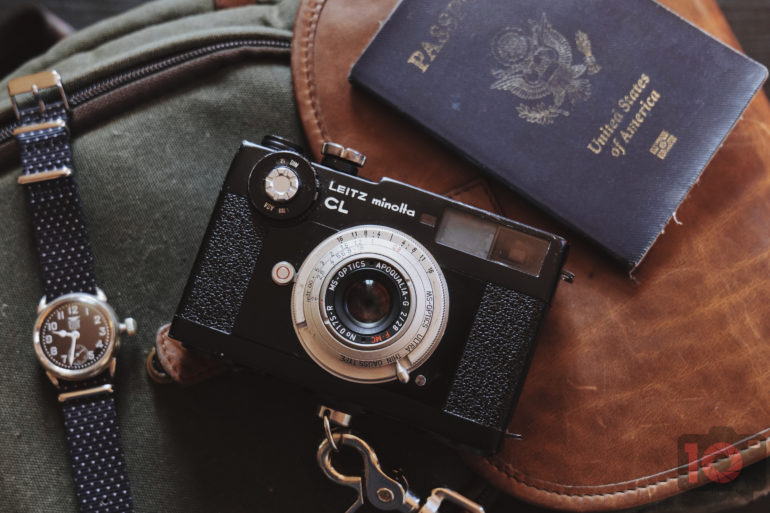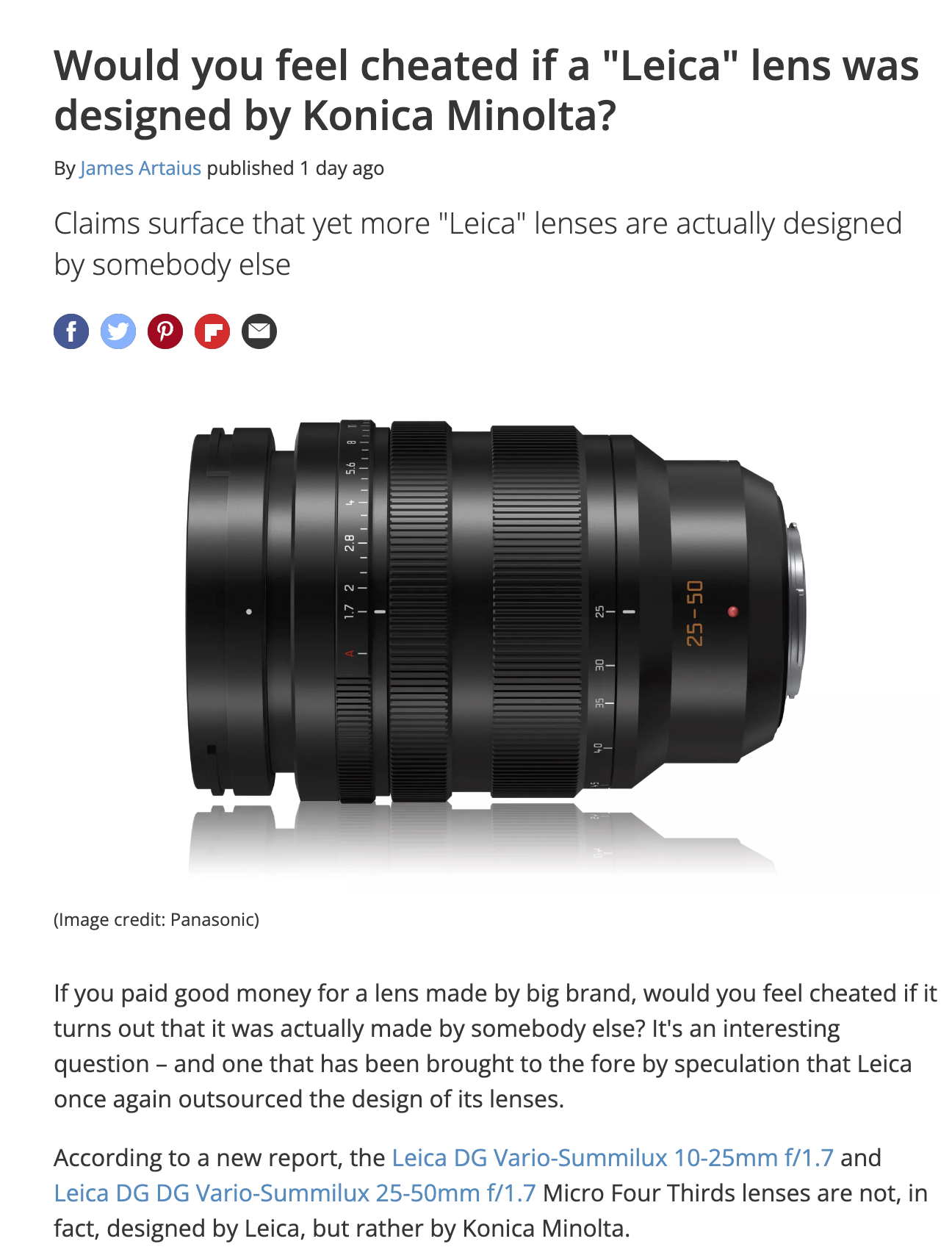I think that when photographers scoff at Leica, they do nothing but look at the specs. But if you’re buying a Leica, you’re not necessarily doing that. Leica cameras surely do things specs-wise that a bunch of other brands don’t. However, that’s probably the smallest reason why you’re buying a Leica. You buy a Leica because of the way it feels in your hands and the tactile experience it provides that you absolutely cannot get with any other camera brand. You also buy it because, when you use the cameras, you create and capture in a completely different way. And that’s why I’m appalled at the incorrect information presented by another well-respected publication.
Before I go on, my article is penned in response to a piece I read on Digital Camera World. I rarely comment on other publications or even read them. Our staff will tell you that I tend to keep blinders on to ensure that our content isn’t influenced or skewed by anyone else. I refuse to take place in the copy cat tactics of other blogs and Youtubers that never cite their sources. And that’s why I’m squarely calling out my source.
The article at Digital Camera World gets a bunch of facts blatantly wrong. So let’s address them.
Leica Lenses Being Made by Konica Minolta

The article states that Leica’s zoom lenses for Micro Four Thirds are made by Konica Minolta. That statement isn’t too farfetched. Leica has worked with Konica Minolta for many years since the Leica CL of film days. Konica Minolta has mostly faded into the background, though. And as it is, those lenses aren’t Leica lenses. They’re Leica co-branded lenses for Panasonic. Leica helped with the design.
To understand why this is so insane in the first place, you’d need to understand the lens market. And for that, I really think everyone should take a listen to the LensRentals Podcast episode I was on. Pretty much all lenses for every company are made by Sigma, Tamron, Cosina, and perhaps Hoya. Canon makes a lot of their own stuff and Sony has started to do the same. Leica also makes most of their own as well.
The author states that consumers will feel cheated if they’re not getting a lens made by Leica. But in that case, why would someone buy a Nikon lens made by Tamron? Nikon’s 17-28mm f2.8 and 28-75mm f2.8 are made by Tamron and developed by Nikon. Pentax did the same thing for many years. You’d be amazed at how much the Japanese camera industry sleeps with each other in private but says they’re better than their competitors in public.
Sensors
And if all this is the case, then let’s look at a bigger issue. Most of the industry uses Sony sensors. Canon, for the most part, makes their own sensors but that changes when it comes to non-ILC cameras. So why would I buy a Panasonic camera if it’s got Sony sensors and processors? Why would you buy a Nikon camera then if it’s a Sony camera?
The article goes on to state that the Leica SL2 is very similar to the Panasonic S1R. However, that statement is framed in a misleading way and ignores that the Nikon Z7 II and Sony a7r III are also mostly the same cameras as well. What makes them different is how they were put together and the features of each. The Leica SL2 is IP-durability rated, for example.
Please Stop the Misinformation
Folks, please wake up. The Japanese camera industry does a lot of sharing of parts and bits. Saying that your Nikon camera is much better than Sony’s makes no sense when they’re using most of the same parts. Instead, tell us and how us how it’s different. Saying a Leica using the same parts as a Sony camera or Panasonic camera makes sense, but also ignores all the ways that Leica works to differentiate their products.
And, again, you’re not buying a Leica for the specs.


